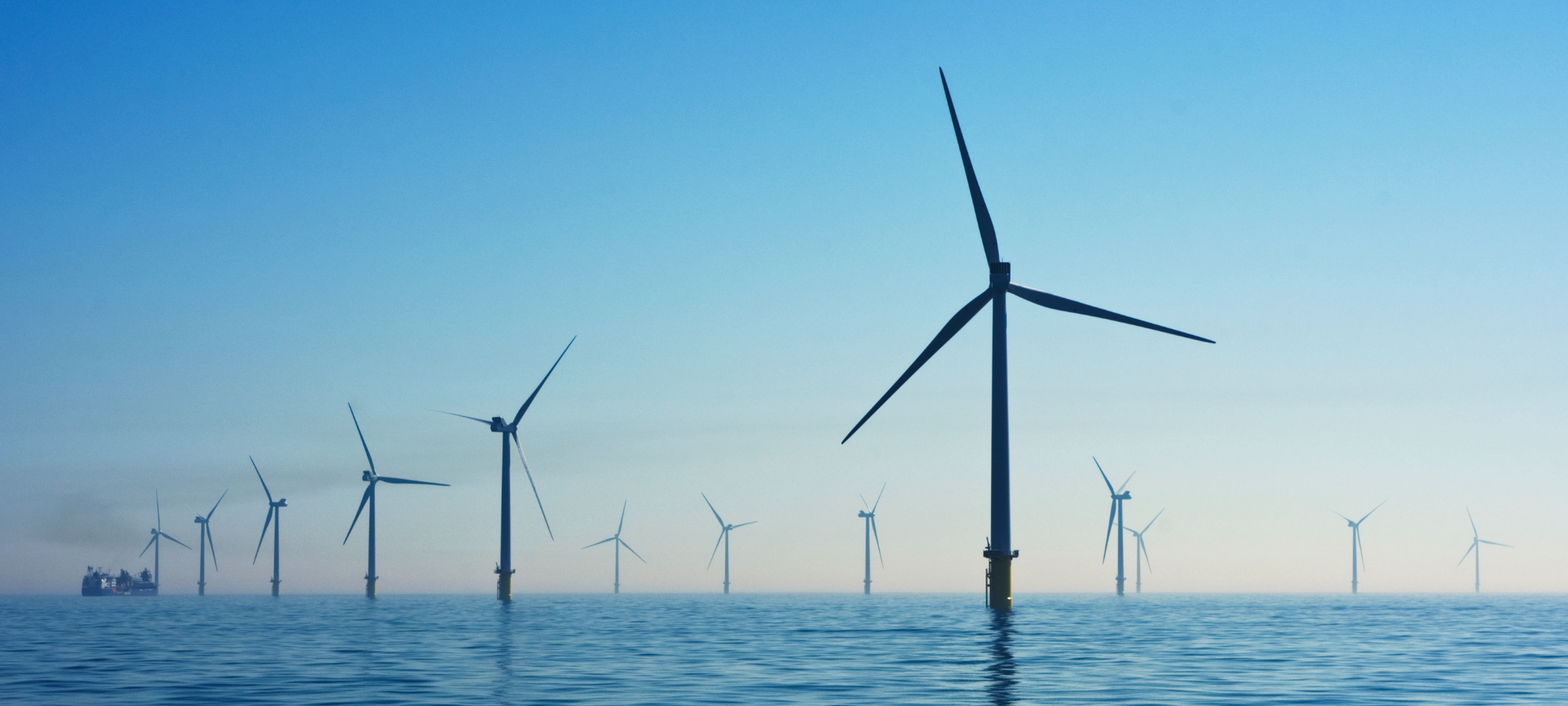
Action #1:
Reduce atmospheric emissions of CO2
The addition of CO2 to the ocean from burning fossil fuels is making seawater more acidified; we call this process “ocean acidification” or OA. The chemical reactions that occur lower the pH of seawater and decrease the availability of carbonate, which many species like shellfish, finfish, and coral need to grow, reproduce, and thrive.
By mitigating and reducing CO2 we are mitigating and reducing Ocean Acidification
What can you do?
Support and implement policies, plans and commitments that seek to reduce anthropogenic carbon emissions and greenhouse gas emissions.
Implement and advocate for initiatives creating climate smart communities and citizens. This means shrinking individual carbon consumption and accessing greener power sources, reducing food waste and eliminating single-use plastics.
Support efforts to map, quantify and utilize blue carbon ecosystems and account for their sequestration potential across GHG inventories.
examples from members
The Port of Seattle is incorporating blue carbon as part of their mitigation strategy to achieve their goal of becoming carbon neutral by 2050.
European governments have committed to cut greenhouse gas emissions 55% (of 1990 levels) by 2030.
The State of New York has passed the most ambitious climate commitment in the country to achieve carbon-free electricity by 2040 and a net-zero carbon economy by 2050. The state has also released an OA Action Plan guiding response to OA impacts on local water bodies.
The City of Vancouver has adopted the Greenest City 2020 Action Plan, which sets out targets and strategies to reduce carbon emissions through our energy supply, building codes, transportation sectors and even through nature-based solutions like increasing canopy cover.


